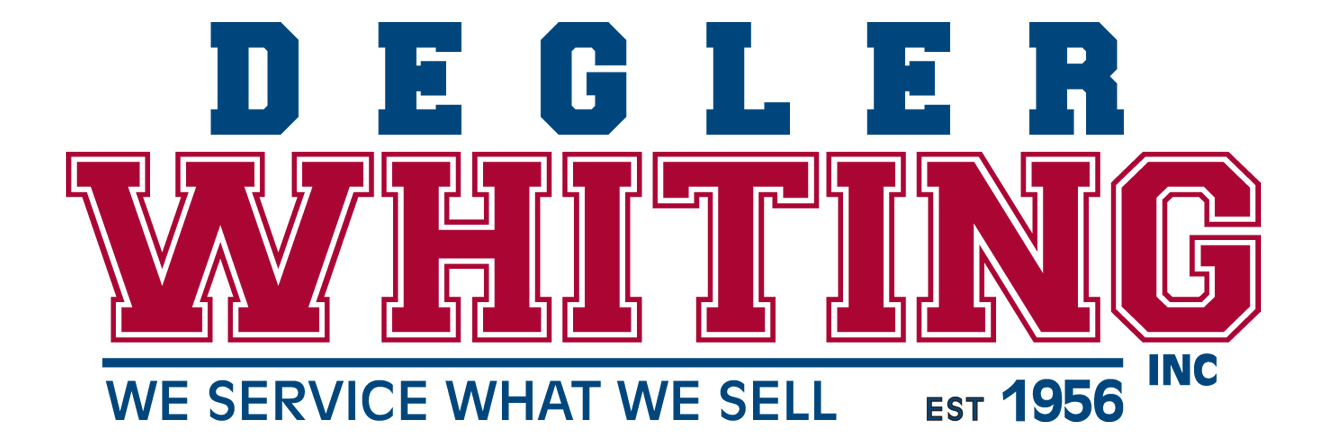The Power of Preventative Maintenance
Performing preventative maintenance on athletic equipment is crucial to ensuring the safety, functionality, and longevity of various facilities and gear. The maintenance checklist encompasses a comprehensive approach to different types of equipment commonly found in sports facilities.
Starting with backstops, a systematic inspection involves tightening building point attachments, checking integral connections, and scrutinizing welds and frame metals for signs of weakness or cracking. Greasing fittings, adjusting winch/limit settings, cables, and pulleys, and ensuring backboards are at the correct height and alignment contribute to safe and optimal performance.
Bleachers demand a similar level of scrutiny, involving inspections of building point attachments, understructure, row locks, and overall structural integrity. Tightening and adjusting components like aisles, seats, handrails, and end rails are essential for user safety and comfort.
Partitions require attention to detail, focusing on door alignment, building point attachments, integral connections, hinge locations, track conditions, and floor/drop seal operations. The goal is to ensure not only proper functioning but also ease of use and safety during normal operation.
Gym dividers and indoor batting cages necessitate adjustments to building point attachments, line shaft alignment, cable drums, height clearance, and inspections of pipe connections. Lubrication, limit switch checks, and an overall assessment ensure safety during use.
The Porter Mat Mover undergoes checks on building point attachments, line shaft alignment, cable drums, lubrication, and limit switches to guarantee continued safe use.
Outdoor grandstand bleachers receive a thorough inspection, addressing structural connections, walkways, kickboards, fencing, aisles, handrails, seats, and integral connections. Reporting manufacturer parts needs and ensuring overall safety for continued use is paramount.
Lastly, all other gym equipment, such as climbing ropes, volleyball, gymnastics apparatus, and weight machines, require general maintenance, including tightening clamps or fasteners, inspecting for wear and tear, and confirming the equipment's safety for everyday use.
In summary, preventative maintenance across a diverse range of athletic equipment is indispensable for promoting safety, optimal performance, and the longevity of sports facilities.
